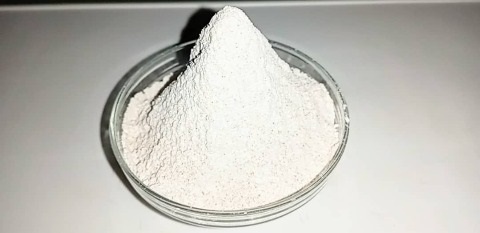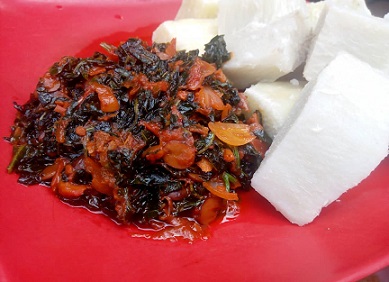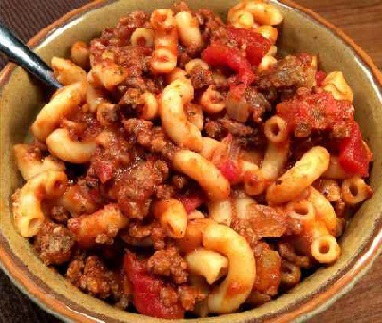
Whole Wheat Flour is made from dark hard red wheat that has been ground to retain all of the essential bran and germ. Classic and traditional bread makers choose this high-protein whole grain flour as good consistent, for high-rise grain pastries.
What is Wheat Flour?
Wheat flour is a powder that is made by grinding wheat and is safe to eat. Wheat flour is classified based on the quantity of gluten it contains, its color, the portions of the grain it contains, and the type of wheat it is made from. Wheat flour is also used in the making of bread, cookies, cakes, and other baked products.
Moreover, wholemeal flour is another name for whole wheat flour. The grain is splited into three sections:
Endosperm – is the protein/starchy component.
Germ – is the portion of the plant that is high in protein, fat, and vitamins.
Bran – is the fiber-rich portion of the cereal.
Because to the oil included in the bran and germ, Wheat has a shorter shelf life unlike its white flour counterpart.
Whole Grain Wheat Flour Nutrition and Benefits
Nutrition of meal varies according on the meal type. The FDA requires an enrichment of the following
- · 2.9 mg of thiamin
- · 1.8 mg of riboflavin
- · 24 mg of niacin
- · 0.7 mm of folic acid
- · 20 mg of iron
- · B-1, B-3, and B-5 vitamins
The entire meal of wheat is rich in B-1, B-3, and B-5vitamins as well as riboflavin and folate. More than white flour, it contains iron, calcium, protein and other minerals.
Wheat Grains Origin
Whole wheat flour is made from the kernels of whole wheat (Triticum aestivum). Wheat indeed is one of the oldest crops, having been cultivated since the Stone Age.
The newfound health advantages of the bran, germ proteins, and dietary fiber propelled the industrial production of whole wheat flours.
China, India, and the United States are now among the world’s leading wheat
producers.
Whole Wheat Flour Functions
In baked products, whole wheat flour serves various purposes:
- · Structure builder: supplies gluten and starch
for the baked items’ structure. - · Absorb Liquid – Wheat flour ingredient like as
starch, pentosans, and proteins and join together to create a cohesive
structure in baked products by absorbing moisture. - · Flavor – Due to the presence of bran and germ,
the flavor is deeper and more nutty. - · Color – Due to the pigments included in bran, it
has a distinctive brownish color. The Maillard reaction can also be aided by Whole
Wheat Flour. - · Nutritional value – Wheat Flour has a great
nutritional value because of its high dietary fiber content, as well as
proteins, vitamins, and minerals.
Types Of Wheats
Gluten is a protein found naturally in wheat. The protein provides baked products their structure. When the dough is kneaded, the glutens grow and become more elastic. Strong flours are manufactured from hard wheat with a high protein content. They have a greater amount of gluten. Weak flour is manufactured from low-protein, softer wheat and has a lower gluten content.
Wheat flour comes in a variety of forms, including:
- · All-purpose flour
- · Bread flour
- · Cake flour
- · Pastry flour
- · Self-rising flour
- · Whole wheat flour
Health Benefits of Whole Wheat Flour
- Body metabolism is improved
- Obesity is controlled
- Type 2 diabetes is prevented
- Prevents heart attack
- Rich in Antioxidants, and aids in the removal of harmful free radicals.
- Boosts the production of blood and helps to prevent anemia.
- Wheat swallow is Keto compliant
- Promotes bowel movement and relieves constipation
- Ovulation booster, Promotes women’s health
- It helps relieve postmenopausal symptoms
Uses for Flour
For most home cooks, flour is a must-have item. It may be used to create bread, baked products, pancakes, and a variety of other dishes.
It may also be used to thicken sauces or to make a roux. Foods like fried
chicken and cutlets are also coated with flour. Finally, flour is an important
component in the production of pasta.
How to Cook With Wheat Flour or Flour Cooking Techniques
Flour should be used in accordance with the recipe and its intended application. Sifting the flour into the mixing bowl can assist make
soft baked products. For baked items such as bread, the flour mixture must be
kneaded and allowed to rest. This will aid in the activation of gluten proteins.
What Does It Taste Like?
It is not advisable to consume raw flour. Because flour is an unprocessed agricultural product, it has not been treated to eliminate microorganisms. When flour-based foods are cooked, any germs contained in the flour are destroyed. White flour has no odor, but whole wheat flour has a little nutty aroma.
Substitute for Wheat Flour
On the market, there are a variety of wheat flour alternatives. Gluten sensitivity or intolerance is a common reason for flour substitution. Wheat flour alternatives include soy flour, cornmeal, oat flour, spelt flour, and quinoa flour, to name a few. The flour replacement you choose will be determined by the recipe, your personal preferences, and the availability of the ingredient.
Recipes using Flour
Flour is used in most baked items, but it’s also used in gravies, sauce, pasta, and other delectable dishes.
Healthy Whole Wheat Pancakes – Wheat Pancakes Recipe
Wholemeal Spaghetti recipe for Weight Loss –Durum Wheat Pasta
Where to Buy Wheat Flour
Wheat flour may be found in the baking section of every supermarket. It’s generally packaged in thick paper-based containers that are sealed. Check for rips in the packing and use caution while bringing it home from the store. It’s easy to make a large mess with open flour. A baking store, a superior grocery store, or an Online internet store will have different flours or specialty flours like pastry flour.
Storage
Remove the flour from its original package and place it in an airtight container. It’s fine to use glass or plastic. Keep your flour as dry as possible. Moisture wreaks havoc on flour.
Keep the flour in a cold, dark location, such as the pantry, refrigerator, or freezer. If you want to keep your flour fresh for a longer period of time, use a freezer bag to keep any moisture or smells from getting into the flour.
How to Grind Wheat Flour from Scratch at Home
Ingredients
· 1 custard paint whole wheat Grains
Method of Grinding Wheat Flour
After buying your whole wheat grains simply take it to a commercial
grinder machine to mill the wheat.
Moreover, milling wheat grains takes little time because the grains are being grounded repeatedly to smoothen and becomes powder.
Next is to pour it out on a trail pan, because it’s usually hot after grinding. Allow to cool very well.
Finally, store in a container and close the cover tightly to prevent air from entering; Store in a cool place in your pantry.


